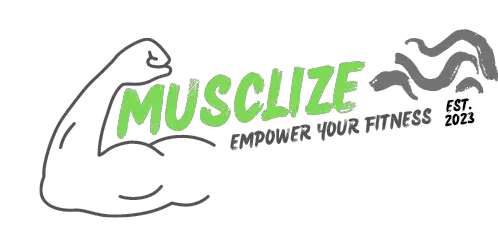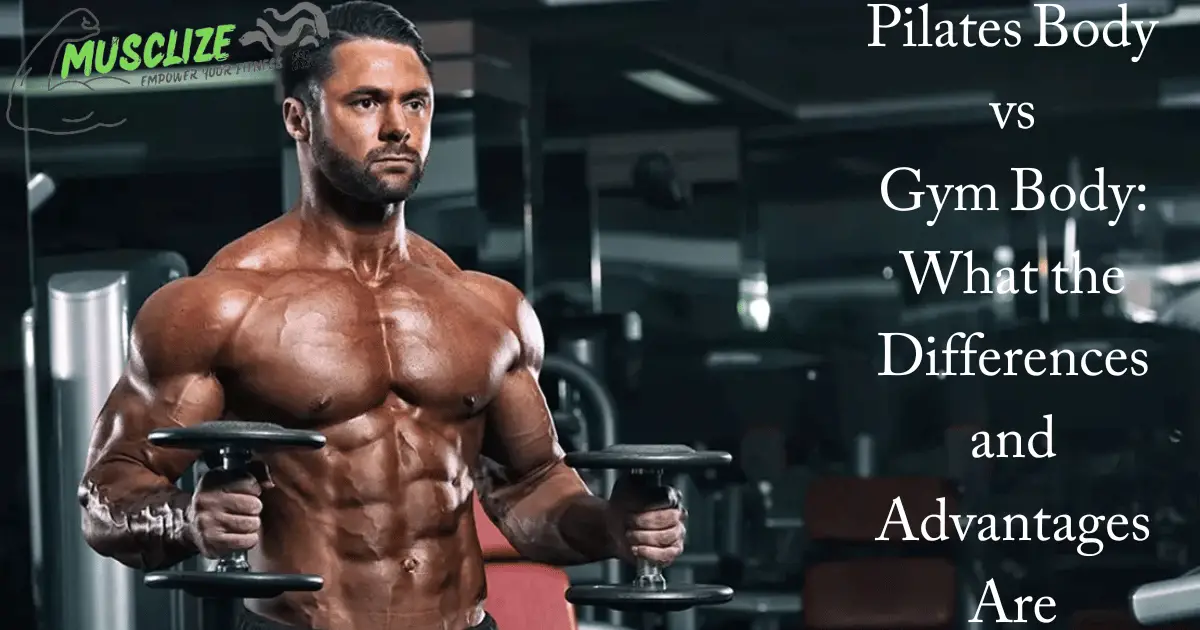Physical fitness and body conditioning are vital to maintaining a healthy and balanced lifestyle. In their quest to achieve an ideal physique, individuals often explore different workout options to meet their specific goals.
Two popular fitness approaches that have gained significant recognition are Pilates and gym workouts. While both aim to enhance physical well-being, they incorporate distinct methodologies and offer unique advantages.
Brief Overview of Pilates and Gym Workouts
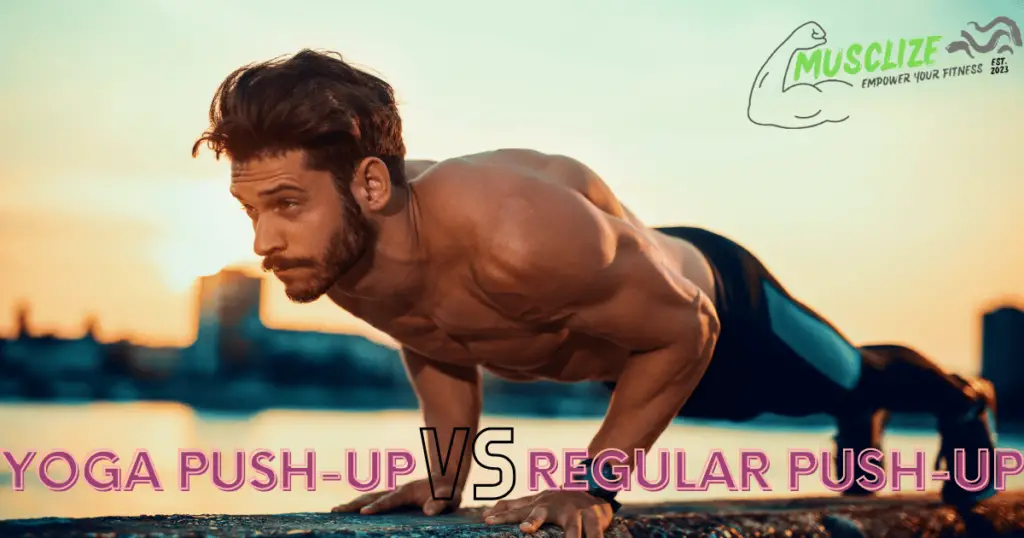
Pilates, developed by Joseph Pilates in the early 20th century, is a holistic mind-body exercise system. It emphasizes core muscular development while encouraging flexibility, balance, and body awareness.
Pilates exercises are performed on specialized equipment, such as the reformer or mat, using controlled movements that target specific muscle groups. In contrast, gym workouts encompass a broader range of activities in fitness centers equipped with weights, cardio machines, and various exercise apparatus.
These workouts often involve weightlifting, resistance training, and cardiovascular exercises like running or cycling. While Pilates primarily employs bodyweight resistance with minimal equipment involvement to increase strength and flexibility simultaneously, gym workouts typically rely on external weights such as dumbbells or barbells for building muscle mass and enhancing overall stability.
Importance of Physical Fitness
Physical fitness is not just about aesthetics; it is crucial for overall well-being. Frequent physical activity lowers the chance of developing chronic diseases, including diabetes and hypertension, while enhancing cardiovascular health.
Physical activities also promote mental health by relieving stress levels and releasing endorphins. Body conditioning through exercise helps maintain an optimal weight by boosting metabolism and increasing lean muscle mass while decreasing excessive body fat.
Moreover, it enhances bone density, which aids in preventing conditions like osteoporosis later in life. Daily activities may become more difficult due to muscle loss, decreased flexibility, and less core strength that result from a sedentary lifestyle.
Individuals can enhance their overall quality of life and maintain functional independence as they age by prioritizing physical fitness and bodily conditioning.
Regular exercise also alters body composition by molding a physique that supports individual objectives.
Whether the objective is achieving a lean, toned Pilates body or a muscular gym body, exercise facilitates the transformation process by reshaping the physique through targeted workouts. Understanding the differences between Pilates and gym workouts is essential for individuals seeking to embark on their fitness journey.
While both approaches contribute to physical well-being and body conditioning, they offer distinct advantages depending on individual preferences and goals. In the following sections, we’ll examine particular traits that distinguish Pilates bodies from gym bodies to clarify how these two approaches differ regarding how much attention is placed on core strength, how flexibility is improved, how posture is corrected, and other factors.
Understanding Pilates Body
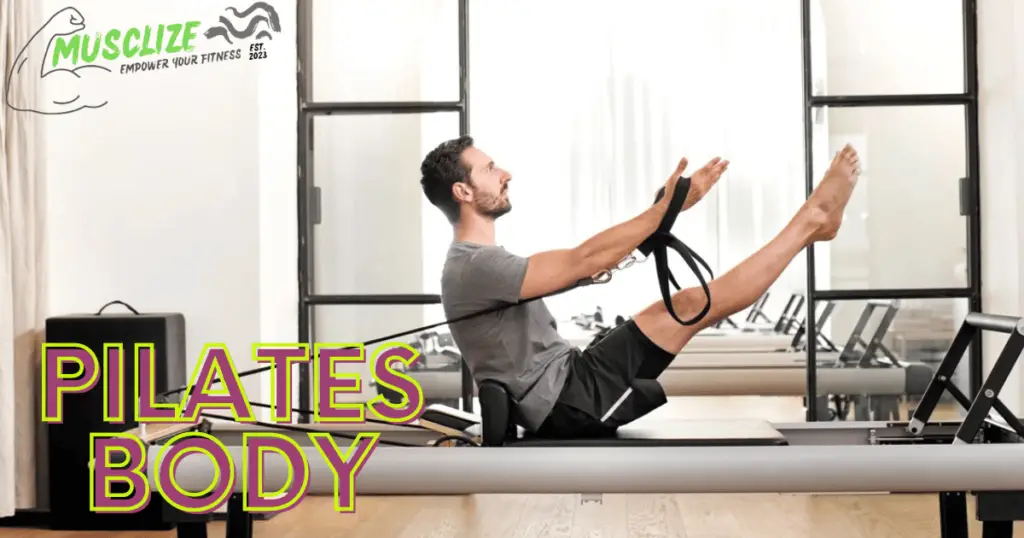
Definition and Origins of Pilates
Pilates is a holistic exercise system developed by Joseph Pilates in the early 20th century. Originally named Contrology, Joseph created Pilates to rehabilitate injured soldiers during World War I. The method gained popularity among dancers for improving strength, flexibility, and body awareness. It is now a widely accepted exercise that emphasizes improving flexibility, promoting general body balance, and strengthening the core muscles.
Key Characteristics of a Pilates Body
One distinguishing characteristic of a Pilates body is the development of long, lean muscles instead of bulkiness typically associated with weightlifting or traditional gym workouts. The exercises in Pilates aim to elongate the muscles rather than create excessive muscle hypertrophy. This results in a toned appearance without adding unnecessary bulk.
Improved posture and alignment are also prominent features of individuals who practice Pilates regularly. The emphasis on proper alignment during exercises helps correct imbalances caused by sedentary lifestyles or poor postural habits.
An upright stance that communicates confidence and puts less strain on the body is developed by strengthening the muscles necessary to maintain good posture and spinal alignment. Furthermore, frequent Pilates practice has many advantages, including increased flexibility and range of motion.
The method incorporates various stretching exercises that target different muscle groups throughout the body. These dynamic stretches help increase flexibility while improving joint mobility, allowing individuals to move more freely.
A strong core is at the heart (pun intended) of every exercise in Pilates. The method places significant emphasis on activating and strengthening the deep abdominal muscles—specifically the transverse abdominis—and other supportive muscles like those within the pelvic floor and lower back region.
This focus on core strength provides stability during movement and improves overall body control and balance. Pilates promotes balanced muscular development.
Unlike some traditional gym workouts that may target specific muscle groups in isolation, Pilates exercises engage multiple muscle groups simultaneously. This approach ensures that muscles are strengthened proportionately, reducing the risk of muscular imbalances and potential injuries.
A Pilates body is characterized by long, lean muscles, improved posture and alignment, enhanced flexibility and range of motion, strong core muscles for stability, and balanced muscular development. The holistic nature of Pilates ensures that individuals achieve a well-rounded physique while simultaneously reaping the benefits of improved overall physical health.
Exploring Gym Body
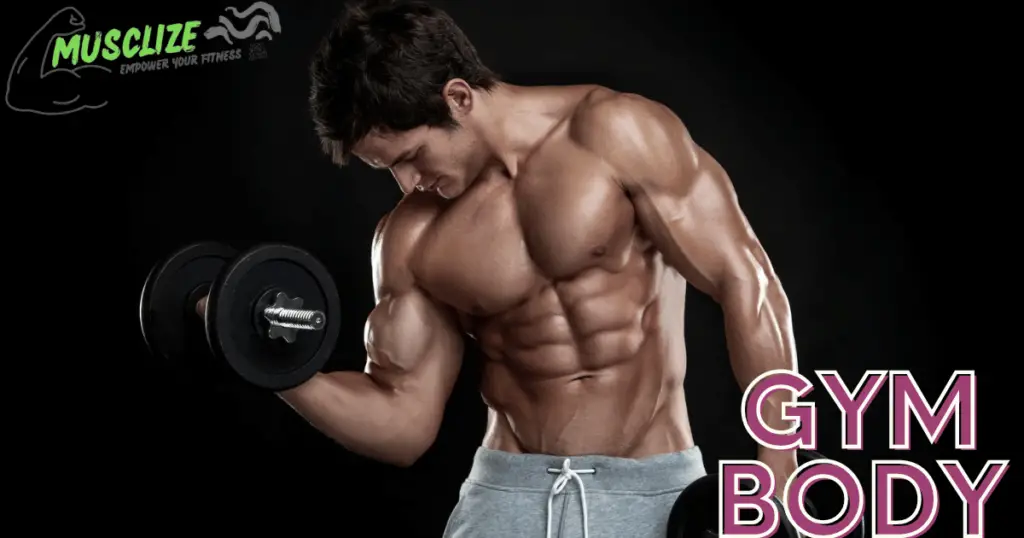
Definition and Popularity of Gym Workouts
Gym workouts, known as traditional strength training routines, have recently gained popularity. To accommodate people looking to improve their physical fitness and appearance, gyms provide a wide range of tools and amenities.
Gym workouts involve exercises that promote muscular development, endurance, and cardiovascular fitness. With a focus on resistance training and weightlifting, gym workouts allow individuals to build strength and achieve their desired physique.
Traditional Weightlifting, Resistance Training, and Cardio Exercises
Weightlifting is the cornerstone of gym workouts. This exercise form involves using barbells, dumbbells, or weight machines to target specific muscle groups for hypertrophy (muscle growth). Resistance training takes a similar approach by utilizing resistance bands or bodyweight exercises to stimulate muscle development.
These activities involve progressive overload principles that challenge the muscles by increasing resistance over time. In addition to weightlifting and resistance training, gym workouts often incorporate cardio exercises.
Running on treadmills or using elliptical machines improves heart rate and cardiovascular fitness. These exercises burn calories and enhance lung capacity and overall endurance.
Emphasis on Muscle Hypertrophy and Overall Strength
One of the critical characteristics of a gym body is increased muscle mass for a more sculpted appearance. Consistent participation in gym workouts allows individuals to develop well-defined muscles through targeted strength training exercises. The hypertrophy process involves breaking down muscle fibers during exercise sessions, which are then repaired during rest periods, increasing muscle size over time.
Moreover, engaging in gym workouts leads to greater overall strength levels, enabling individuals to perform heavy lifting or intense physical activities with relative ease compared to those who do not regularly participate in these routines. Increased strength contributes to improved functionality in everyday tasks and sports-related activities.
Higher Endurance Levels for Prolonged Workouts
Participating in gym workouts also helps individuals develop higher endurance levels, allowing them to engage in prolonged workout sessions. The combination of resistance training and cardio exercises enhances muscular endurance by improving the efficiency of the cardiovascular and respiratory systems. This means individuals can exercise longer without experiencing excessive fatigue or stamina depletion.
Through regular gym workouts, individuals can gradually increase their exercise duration, intensity, and workload over time. This progressive approach helps build endurance, enabling them to sustain physical exertion for extended periods during various activities such as running marathons or participating in high-intensity interval training (HIIT) sessions.
Improved Cardiovascular Fitness
Another significant advantage of engaging in gym workouts is improved cardiovascular fitness. Cardio exercises performed during gym sessions elevate the heart rate, improving cardiovascular health. Consistent cardiac activity over time lowers blood pressure and resting heart rate while boosting total aerobic capacity.
Increased cardiovascular fitness significantly impacts daily living by lowering the risk of cardiovascular disorders, including hypertension and coronary artery disease. Additionally, enhanced cardiovascular fitness ensures adequate oxygen is delivered to muscles during physical activity, resulting in increased energy levels and better performance during workouts or other physically demanding tasks.
By exploring gym body characteristics like increased muscle mass, greater strength, higher endurance levels, and improved cardiovascular fitness gained through weightlifting routines, resistance training exercises, and cardio workouts, individuals can achieve remarkable transformations that enhance their physical appearance and overall well-being. Embracing these aspects of traditional gym workouts offers unique benefits that cater to those seeking muscular development, strength gains, stamina improvements, and optimal cardiac health.
Differences between Pilates Body and Gym Body
Muscle Development Approach: Elongating vs. Building Bulkiness
Pilates and traditional gym workouts differ in their approach to muscle development. Pilates exercises focus on elongating muscles rather than bulking them up through resistance training. In Pilates, the emphasis is on creating long, lean muscles that contribute to a toned and sculpted appearance without excessive bulkiness. This approach enhances aesthetic appeal and promotes functional strength and flexibility. On the other hand, gym workouts often prioritize building bulk through heavy weightlifting and resistance training. The goal is to increase muscle size, primarily for individuals seeking a more muscular or bodybuilding physique. This approach involves lifting heavier weights with fewer repetitions, which leads to hypertrophy, or muscle growth.
Core Strength Emphasis: Pilates’ Unique Focus
One of the critical distinctions between the Pilates body and the gym body lies in their respective emphasis on core strength. In every Pilates exercise, core activation is prioritized by engaging deep abdominal muscles and stabilizing muscles such as the back, pelvis, and hips. A strong core serves as the foundation for overall body stability and alignment.
Conversely, traditional gym workouts may only sometimes specifically target the core in some exercise routines. While compound exercises like squats or deadlifts engage the body indirectly, there might be less emphasis on isolated core strengthening exercises in Pilates routines.
Flexibility Enhancement: Stretching vs. Limited Focus
Pilates places high importance on flexibility enhancement through stretching exercises that target various muscle groups throughout the body. These exercises improve joint mobility, elongate muscles, and increase overall flexibility.
Flexibility helps prevent injuries by allowing joints to move freely while maintaining proper alignment during movements. In contrast, the focus on flexibility in traditional gym workouts may be limited.
While warm-up and cool-down stretches are often included, the main focus is on strength training rather than achieving optimal flexibility. However, some fitness enthusiasts incorporate stretching routines like yoga or dedicated mobility exercises alongside their gym workouts to address this aspect.
Posture Correction: An Alignment-Focused Approach
Pilates takes an alignment-focused approach to posture correction. The exercises target muscle imbalances and promote proper spine, pelvis, and shoulder alignment. A Pilates body often exhibits improved posture due to strengthened core muscles, increased body awareness, and enhanced flexibility.
In contrast, traditional gym workouts may only specifically address posture correction if it is a part of the individual’s workout goals or if they receive guidance from a personal trainer. However, specific exercises like deadlifts or rows can indirectly improve posture by strengthening back muscles.
Conclusion
The differences between the Pilates body and the gym body are significant. While Pilates focuses on elongating muscles for a lean and sculpted appearance with a strong emphasis on core activation and flexibility enhancement, traditional gym workouts prioritize building bulkiness through resistance training with less focus on these aspects. Both approaches have their unique benefits, depending on personal fitness goals and preferences.
Ultimately, selecting between Pilates and traditional gym workouts depends on desired physique aesthetics, functional strength requirements, injury prevention needs, and overall fitness objectives. Regardless of choice, engaging in physical activity that suits individual preferences promotes overall well-being while leading to a healthier lifestyle—an endeavor worth pursuing enthusiastically!
